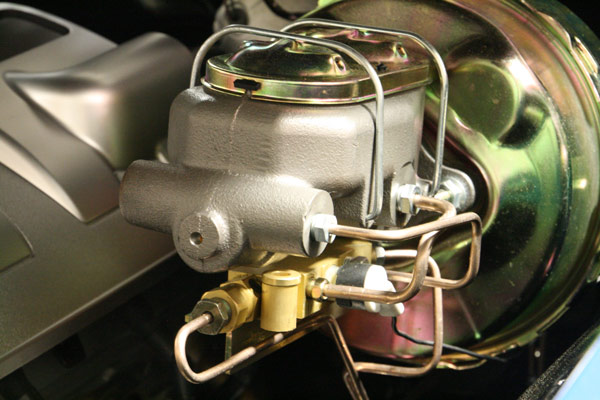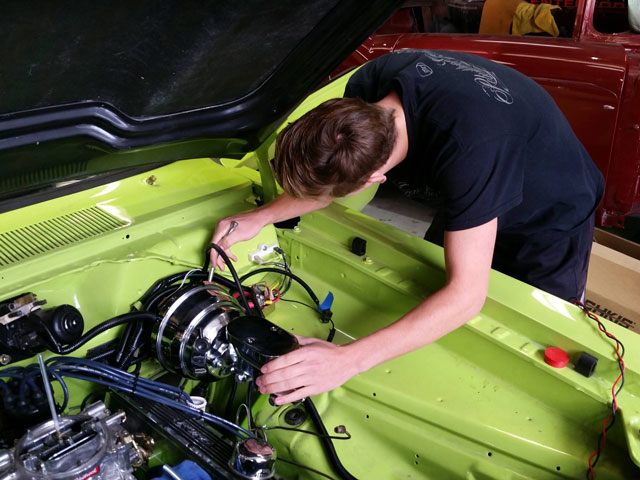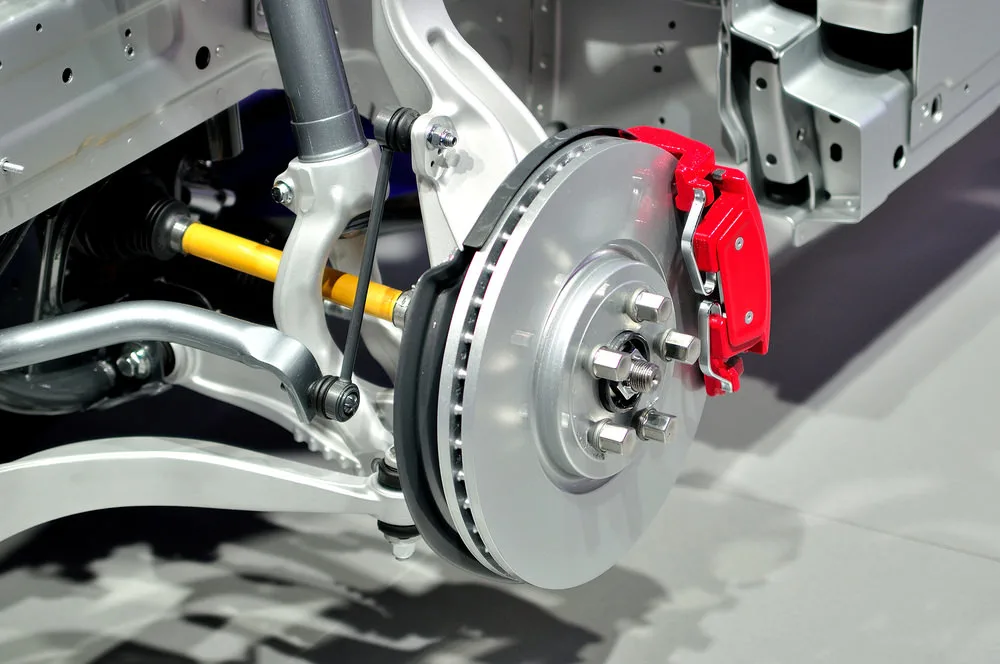Do You Need A Brake Booster For Disc Brakes?
By Slyng Team
Updated Feb 18, 2024

For those who drive but aren’t very car savvy, braking is probably not a big deal or concern. You do it automatically, without giving it a second thought while out on the road.
Table of Contents
However, a daily or frequent driver should know about braking mechanisms and equipment to keep them safe and enhance their driving experience.
Moreover, knowing the most common kind of brakes, such as disc brakes, is essential.
Do you need a brake booster for disc brakes? In this article, we will be discussing in detail what a car disc brake is and if you need to pair it with a power brake booster.
What Is A Brake Booster?
Brake boosters are safety components used for brakes. They are attached in the middle of the master cylinder and brake pedal.
It essentially multiplies the force, as when a driver applies foot pressure to the pedal, the force on the engine vacuum is multiplied. Then, it is sent to the car’s master cylinder piston, ensuring you stop effectively and easily.
Moreover, there are several kinds of brake boosters, such as:
- Dual reservoir master cylinder
- Hydro-boost
- Electric hydro-boost
- Vacuum
- Hydraulic
- And more.
And vacuum boosters are typically mounted within the engine compartment on the firewall. whereas, the booster contains a chamber that is divided in ½ by a diaphragm.
That chamber connects to the vacuum pump source, which is normally known as the intake manifold. There is also a shaft containing valves that run through the vacuum pump booster’s center.
The brake pedal’s attached to a single side of the booster, while the master cylinder is mounted on the opposite side.

What Is A Disc Brake?
Disc brakes – similar to drum brakes - became more prevalent in the 70s. However, there are some critical differences between them.
A disk brake has a naturally rotating rotor around the suspension’s hub. And there is a brake caliper placed over the rotor, and inside it will be the brake pads.
So, when pushing down on the pedal, the same function takes place as when you’re using drum brakes. However, now the caliper will close and clamp the brake pads on top of the rotors.
A disc brake is preferred due to its efficiency, especially when it comes to heating. This is because the rotor suffers from air exposure, and the built-up heat from all the friction has to escape somehow.
As a result, when using a disk brake, you substantially minimize brake fade.
What Are The Advantages Of Using A Brake Booster For Disc Brakes?
In the simplest terms, brake boosters make braking a lot less strenuous for drivers. However, boosters don't just help you save your legs from hard-core exercise, but they also improve safety.
For example, a power booster helps assist your brakes, so they work more effectively and activate more readily.
If you need to brake hard and fast at a moment’s notice, the brake booster helps your car halt without extra effort and does it a lot quicker.
Thus, if you do not have a brake booster, your braking system’s power gets quite compromised, and your vehicle will be stopping at a longer distance than you would like.
What Are The Disadvantages Of Using A Brake Booster For Disc Brake?
There aren’t many disadvantages of having a brake booster for your disc brake. However, if you do not like the feel of a spongy pedal, then you won’t like the booster.
Also, some people may feel that their hot rod car’s brakes work completely fine without a booster and avoid spending the extra money of installing and replacing it.
Parts come between $150-500, labor can be $100-170, and replacement is anywhere from $300 to 700.
With a hot, classic, or street rod car already being a costly investment, it is understandable for people not to want to invest more into the brake boosters, especially if their manual disc brakes work fine.

Do You Need A Brake Booster For Disc Brakes?
So, the master cylinder bore size is the main factor that determines how your manual brakes function. It directly affects the feel of your system.
With that said, four-wheel disc brake cars most commonly need sizes like:
- 1. 1 1/8 inch
- 2. 1 Inch
- 3. 7/8 inch
- 4. ¾ inch
There are several different sizes offered, but the way to know the size you need is to check the other apparatuses of your braking system, such as caliper volume, power or manual brake assist, and more.
Essentially, if your manual disk brakes are set up correctly, you won’t even need power brakes let alone a brake booster.
However, for master power brakes, a brake booster is seen as a preventative measure that lessens the chances of your brakes failing. It will also help you brake more efficiently and safely in an emergency.
Also, you have a car that can run at over 250 miles an hour, then a brake booster is necessary, as you need high braking force to de-accelerate or stop your car at high speeds.
And finally, if your car is a heavy one, you will need more force to brake quickly and efficiently. Thus, you will need a power brake booster attached for that.
Power Brakes Booster- Yay Or Nay?
Of course, it can never hurt to be prepared for the worst-case scenario, so having a brake booster for your disc brakes is a great idea. But the booster you get will depend on the type of car you have – one that reaches high speeds or one that weighs more than normal cars.
Also, the year and size of your car is a crucial determinant for the kind of booster you will need, but generally, most cars require one with the standard vacuum pump.
Moreover, the power booster assists your master cylinder piston in applying ample force when you’re pressing the brake pedal. Whether manual or power, all the brake hardware, including rear disc brakes, front disc brakes, and wheels, will remain the same.
When getting the power booster, you need to see the size and type you get, for example, dual and single diaphragm. Remember, power boosters can be from 7 to 11 inches. The size is dependent on the room available within the vehicle, which is determined by the valve cover, engine block size, and hood clearance.
For vacuum boosters, you need 17 inches of space for the power brake booster to function correctly. Even if you get a smaller brake booster, you may require up to 22 inches of vacuum to allow it to work.
All in all, a brake booster is excellent to have, even though you can manage driving without it.
